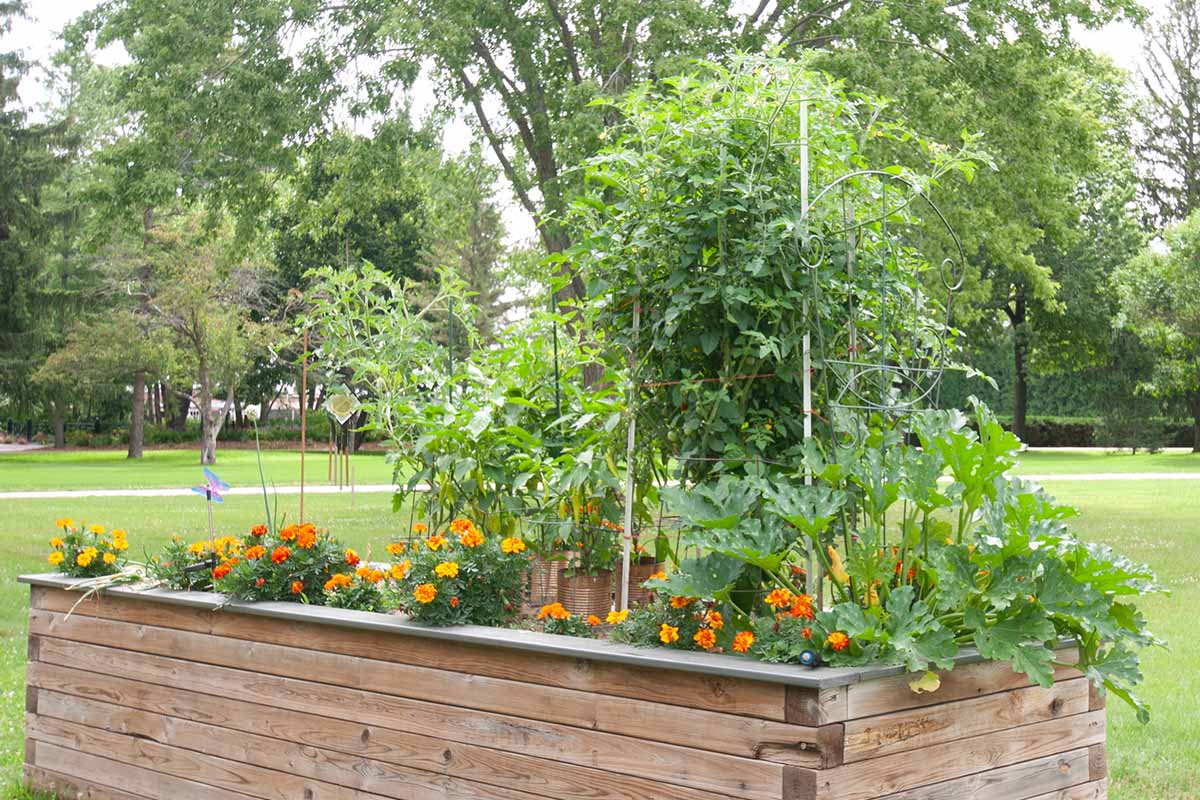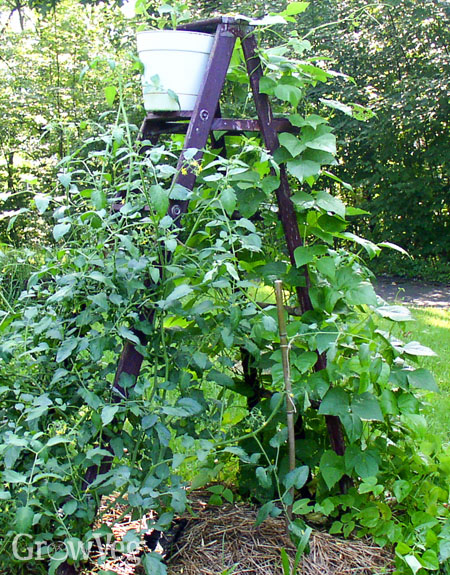The Ultimate Guide To Companion Planting
The Ultimate Guide to Companion Planting
Companion planting is a gardening practice that involves planting certain plants together to benefit each other. This can be done to improve growth, deter pests, attract beneficial insects, or improve the flavor of fruits and vegetables.
There are many different companion planting combinations that have been shown to be effective. Some of the most popular include:
- Marigolds and tomatoes: Marigolds help to repel pests such as nematodes and tomato hornworms.
- Beans and peas: Beans and peas fix nitrogen in the soil, which benefits other plants that need nitrogen.
- Carrots and onions: Carrots and onions repel each other's pests, so planting them together can help to protect both plants.
- Cucumbers and nasturtiums: Nasturtiums attract beneficial insects such as ladybugs and lacewings, which help to control pests that damage cucumbers.
- Potatoes and beans: Potatoes and beans have different root systems, so they don't compete for nutrients. Beans also help to suppress potato scab.
These are just a few of the many companion planting combinations that are available. When choosing companion plants, it's important to consider the specific needs of the plants you're growing. For example, if you're growing tomatoes, you'll want to choose plants that help to repel pests that damage tomatoes.
There are a few different ways to learn about companion planting. You can read books and articles on the subject, or you can talk to other gardeners who are familiar with companion planting. There are also a number of websites and online resources that offer information on companion planting.
Once you've learned about some of the different companion planting combinations, you can start to experiment in your own garden. There's no need to follow the rules exactly, but it's a good idea to start with some of the more well-known combinations. As you gain experience, you can start to experiment with other combinations and see what works best for your garden.
Benefits of Companion Planting
There are many benefits to companion planting. Some of the most common benefits include:
- Improved growth: Companion planting can help to improve the growth of plants by providing them with nutrients, water, and support.
- Decreased pest problems: Companion planting can help to deter pests and attract beneficial insects, which can help to keep your plants healthy.
- Increased yields: Companion planting can help to increase the yields of your crops.
- Improved flavor: Companion planting can help to improve the flavor of fruits and vegetables.
- Attraction of pollinators: Companion planting can help to attract pollinators, such as bees and butterflies, which are essential for pollination.
How to Get Started with Companion Planting
If you're interested in trying companion planting, there are a few things you need to do to get started:
- Learn about the different companion planting combinations. There are many different companion planting combinations available, so it's important to learn about the specific needs of the plants you're growing.
- Plan your garden layout. When planning your garden layout, take into account the different companion planting combinations you want to use.
- Plant your seeds or seedlings. When planting your seeds or seedlings, follow the instructions on the seed packet or plant tag.
- Water and care for your plants. Be sure to water and care for your plants regularly.
- Monitor your plants for pests and diseases. Keep an eye on your plants for pests and diseases. If you see any problems, take steps to correct them.
Conclusion
Companion planting is a great way to improve the health and productivity of your garden. By planting certain plants together, you can help to deter pests, attract beneficial insects, improve the flavor of fruits and vegetables, and increase your yields.
If you're new to companion planting, start by learning about some of the most common companion planting combinations. Then, experiment in your own garden and see what works best for you. With a little time and effort, you can reap the benefits of companion planting for years to come.
Companion planting is a gardening technique that involves planting certain plants together to benefit each other. There are many different benefits to companion planting, including increased pollination, improved pest control, and enhanced flavor.
If you're interested in learning more about companion planting, I recommend visiting Gardenia Inspiration. This website has a comprehensive list of companion plants, as well as information on the benefits of each combination. You can also find tips on how to plant and care for companion plants in your own garden.
I hope this helps!
FAQ of list of companion plants
5 Most Frequently Asked Questions About List of Companion Plants
1. What are companion plants?
Companion plants are two or more different types of plants that are planted together in order to benefit each other. They can help to attract beneficial insects, deter pests, improve soil quality, and even improve the flavor of the plants.
2. How do I choose companion plants?
There are a few factors to consider when choosing companion plants. First, you need to consider the needs of the plants you are growing. Some plants need full sun, while others prefer partial shade. Some plants need well-drained soil, while others prefer moist soil.
Second, you need to consider the benefits you are looking for from companion planting. Do you want to attract beneficial insects? Deter pests? Improve soil quality? Improve the flavor of your plants?
Once you have considered these factors, you can start to research different companion plants. There are many resources available online and in gardening books.
3. What are some common companion plants?
Here are some common companion plants:
- Beans and peas: These plants fix nitrogen in the soil, which benefits other plants.
- Carrots and onions: These plants repel each other's pests.
- Cucumbers and tomatoes: These plants attract beneficial insects to the garden.
- Lettuce and marigolds: These plants repel aphids and other pests.
- Potatoes and beans: These plants help to suppress weeds.
4. How do I plant companion plants?
When planting companion plants, it is important to plant them in the right location. For example, beans and peas should be planted in full sun, while lettuce and marigolds should be planted in partial shade.
It is also important to plant companion plants at the right time. For example, tomatoes should be planted after the last frost, while lettuce can be planted in early spring or fall.
5. What are the benefits of companion planting?
There are many benefits to companion planting. Some of the benefits include:
- Increased crop yields
- Improved plant health
- Reduced pest infestations
- Improved soil quality
- Enhanced flavor of vegetables
Image of list of companion plants
- Tomatoes and Basil: Basil repels certain insect pests such as thrips and also disorientates moths which lay tomato hornworms.
- Marigolds and Tomatoes: Marigolds help to repel nematodes, which can damage tomato roots.

- Carrots and Onions: Carrots and onions help to repel each other's pests, so they can be planted together to help protect both plants.

- Beans and Peas: Beans and peas fix nitrogen in the soil, which can benefit other plants.

- Cucumbers and Melons: Cucumbers and melons attract pollinators, which can help to increase the yield of both plants.

Post a Comment for "The Ultimate Guide To Companion Planting"